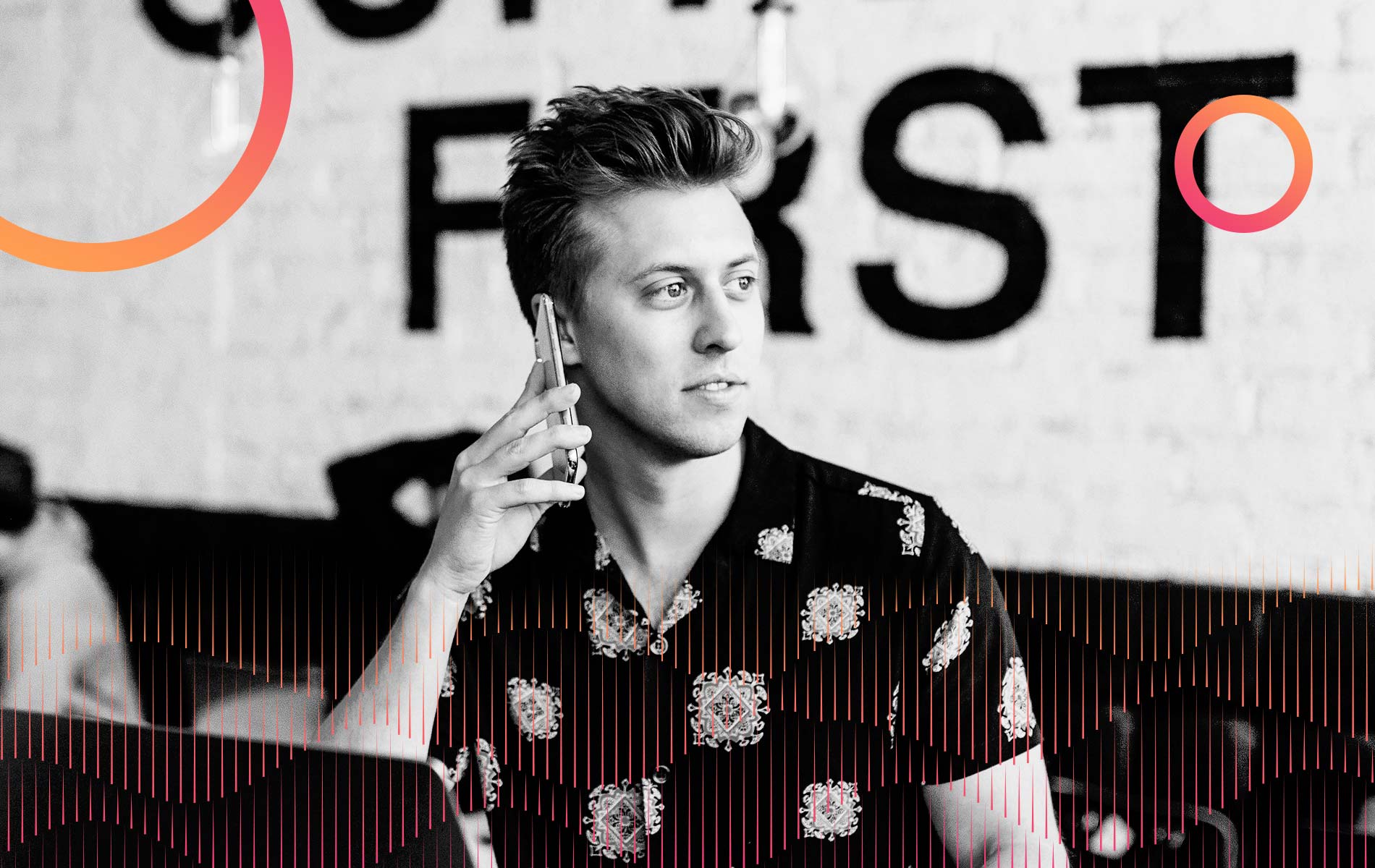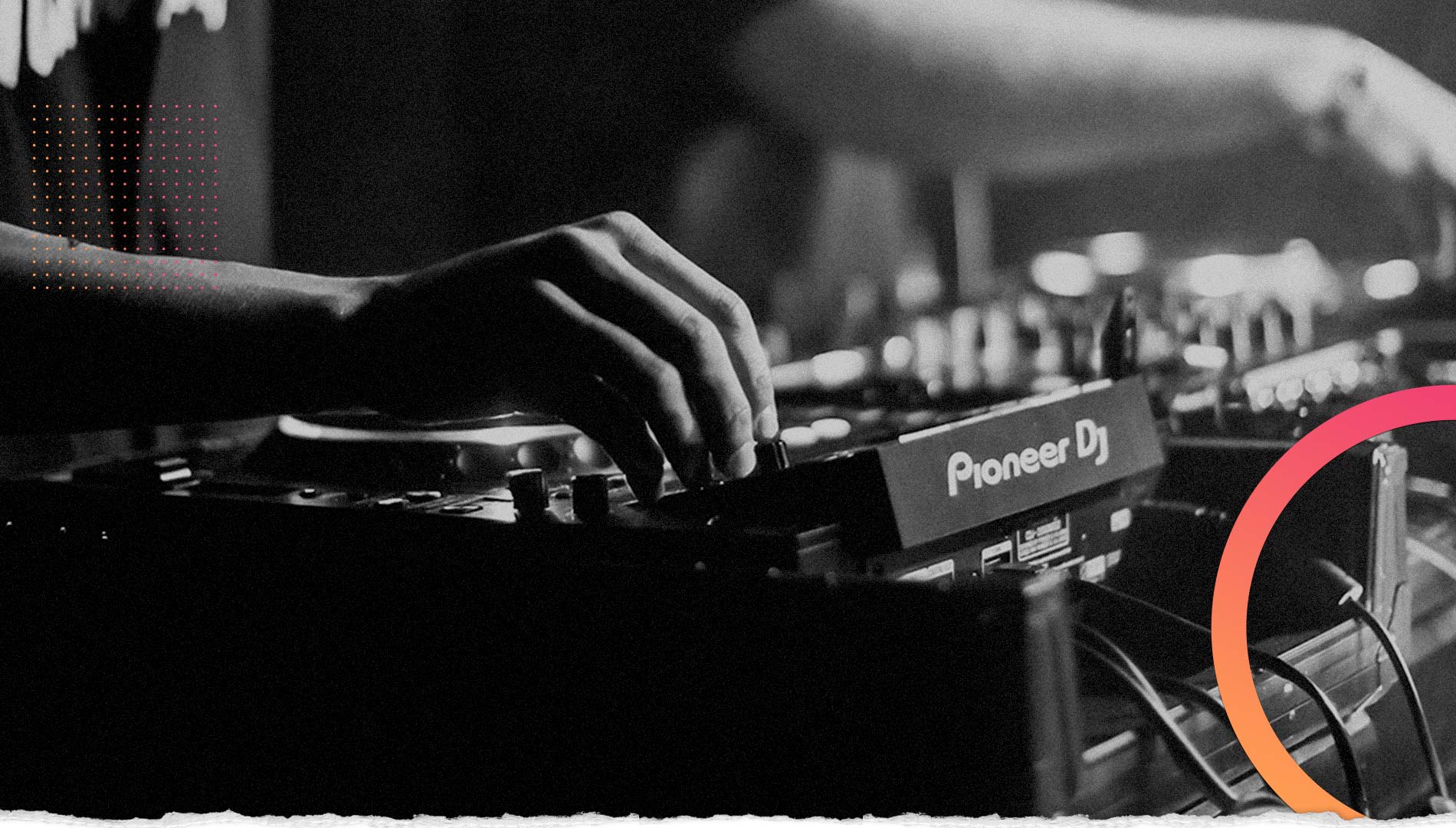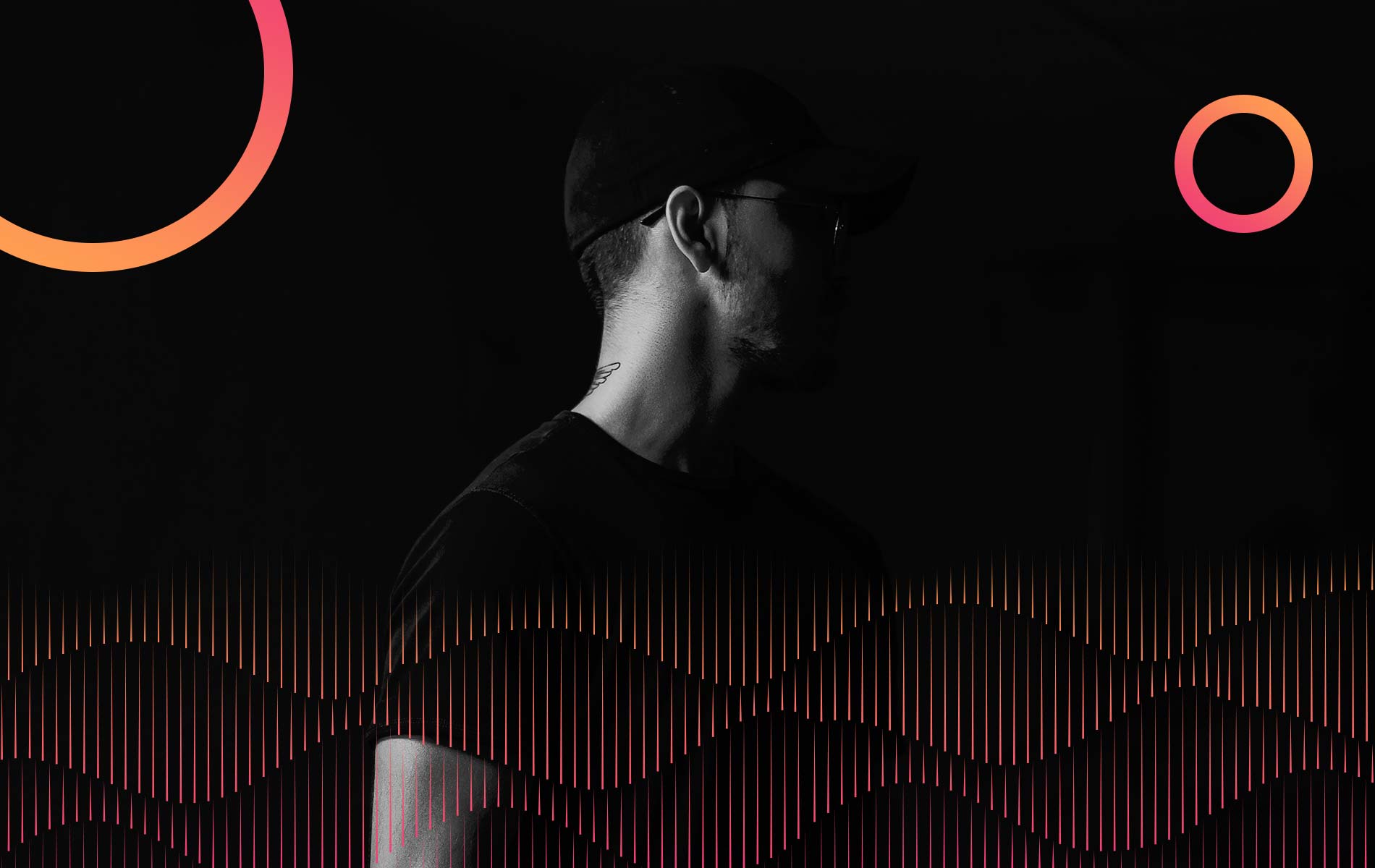Listeners:
Top listeners:
-
 play_arrow
play_arrow
Electromusic FM RADIO ONLINE 24/7
-
 play_arrow
play_arrow
London Calling Podcast Yana Bolder
The (not so) curious case of priests who DJ in the history of electronic music | Culture

In the beginning of August, at dawn and in front of more than a million young people, the priest DJ Guilherme Peixoto put on an electronic music set, a prelude to the final mass given by Pope Francis at World Youth Day. “I prepared everything to wake people up as if it were a hymn of glory to God, as our life has to be,” the priest fervently proclaimed.
The improvised after-party put together by Father Guilherme — his musical nickname — has been accumulating hundreds of thousands of views on different social media sites for days. The priest — a member of the Archdiocese of Braga, with over 180,000 followers on Instagram — creates his own compositions, based on homilies and encyclicals. He sometimes sprinkles in excerpts of speeches given by Pope Francis or John Paul II.
“Even after more than 25 years in the profession, what this DJ did left me a bit knocked out,” admits Javier Estalella, head of hiring at the Razzmatazz Room in Barcelona. “[But I think] that mixing ideology and [musical] performances usually isn’t a good idea,” he adds. There’s ideology here, certainly, but the connection is much deeper. While sound systems and religious ceremonies may seem antagonistic in values and social perception, they actually coincide in many respects.
Raves emerged in the U.K. out of the electronic music subculture of the 1980s and 1990s. They hid in unconventional corners: deserted warehouses, remote fields, or any available site away from the authorities. More than a party, they represented a cultural revolution, as the sociologist Sarah Thornton expresses in her book Club Cultures: Music, Media and Subcultural Capital (1996): “The phenomenon of raves arose as a cultural and social response to a generation that sought a space where it could break free from conventional norms. These parties — often illegal and held in makeshift venues — represented a search for freedom, authenticity and community through electronic music.” On the other hand, religious ceremonies date back to prehistoric times, with civilizations that celebrated rituals in honor of divinities or natural phenomena. These sacred acts took place in spaces dedicated to worship, with particular clothing for leaders and followers, as well as a strong sense of community and congregation.
“Rituals, in all their forms, are outward manifestations of a deep, inner connection to the transcendental,” writes psychologist Carl Gustav Jung in Psychology and Religion (1938). Both raves and religious ceremonies fulfill a human need to meet and connect with something bigger than themselves. Although these manifestations may seem to be polar opposites of each other, both seek to elevate the human spirit through collective experience and ecstasy, whether musical or spiritual. “The rave is more than music and drugs: it’s a lifestyle. It [involves] beliefs, a behavior of a ritual type. For the person who participates, it’s like a religion; from the point of view of the common observer, it looks more like a sinister cult,” writes British essayist Simon Reynolds in his 1998 book Energy Flash: A Journey through Rave Music and Dance Culture.
In the same vein, the sociologist Emile Durkheim argued that religious ceremonies, through ritual and repetition, create a collective effervescence, a state in which individuals feel connected to each other and to something larger. “Man constantly seeks the company of [those] whom he considers his fellow men and seeks to distance himself from all others. This tendency manifests itself with special sentiments that are more visible on solemn occasions, when individuals come together,” he wrote in The Elementary Forms of Religious Life (1912).
Two worlds that aren’t so far apart
The threshold that separates one and the other world has been crossed on several occasions. In some European and American cities, deserted religious buildings have mutated into electronic music clubs, taking advantage of the excellent acoustics of the churches’ structures. For instance, the Church Nightclub in Denver stands out as an emblem of the city’s nightlife. In New York’s East Village, the gay club La Saint — open between 1980 and 1988 — was also known as “the Vatican of discos.” The Limelight in New York, meanwhile, is perhaps one of the most famous examples of a church that was converted into a nightclub.
In Spain, there’s the case of Bilborock: a space where concerts and music sessions are organized, which is located inside a 17th-century religious temple, the church of La Merced. And, in Amsterdam, Paradiso — an old church reinvented as a space for live music — often hosts electronic music events.
This musical genre — which, today, is one of the most listened to in the world after reggaeton — has found inspiration in religious music, with songs that include sacred sound elements in electronic tracks, including the adaptation of sacred melodies and harmonies. During the 1990s, Gregorian chants experienced a renaissance in popularity, with hits such as the album Chant (1994), performed by the Monks of the Benedictine Monastery of Santo Domingo de Silos in Spain. It reached third-place worldwide in the best-selling albums, according to Billboard magazine. After this success, various artists and producers decided to merge these songs with dance rhythms and electronic components. An early example is the song Sadeness (Part I), released in 1990 by the group Enigma, which blends the meditative and sacred sounds of Gregorian chants with the rhythms and atmosphere of electronic music.

After seeing the video of Father Guilherme’s DJ set, many Twitter users highlighted the similarities with the streaming series The Young Pope and The New Pope, by Paolo Sorrentino. In both productions, electronic music highlights the contrast between the tradition of the Catholic Church and today’s world, with songs such as Levo by Recondite, Krack by Soulwax, or Sexy and I Know It by LMFAO. In a scene from the early episodes of The Young Pope, Pope Lenny Belardo — the main character — compares himself to Daft Punk. He notes how top members of the Church, much like the writer J.D. Sallinger or the artist Banksy, use anonymity to magnify their legacy.
Lastly, there’s talk of drugs. This is something as common in raves and techno parties as apparently distant from traditional Christian values, despite the fact that, in many ancient ceremonies, the use of psychoactive substances was common. One example is the Eleusinian Mysteries, held annually in honor of the goddesses Demeter and Persephone at Eleusis, near Athens. For more than a thousand years, these rituals were some of the most important religious ceremonies in Ancient Greece. Due to their relevance, historical figures — such as Plato, Cicero, Sophocles, Pindar, as well as the emperors Hadrian and Marcus Aurelius — participated in, or were initiated into these mysteries.
The culmination of the initiation rite was the ingestion of kykeon, a sacred drink whose exact composition remains an enigma to historians. Albert Hofmann — a Swiss chemist, famous for being the first to synthesize and take LSD — wrote the book The Road to Eleusis: Unveiling the Secret of the Mysteries (1978), in collaboration with Carl Ruck and R. Gordon Wasson. In it, they raise the possibility that kykeon may have contained ergot — a hallucinogenic mushroom that grows on rye. They write that this mushroom may have been processed in such a way as to provide visionary experiences to those being initiated, while avoiding its detrimental toxic effects.
One of the most intriguing aspects of the Eleusinian Mysteries is the secrecy and silence that surrounds these ceremonies. Those who were initiated were placed under a strict vow of silence regarding what happened during the ceremonies. Revealing the secrets was a punishable offense, as it was considered to be sacrilegious. “It’s not so much that sacred drunkenness [was hiding anything]. Rather, it was simply forbidden to trivialize sacred drunkenness,” wrote the philosopher Antonio Escohotado in his The General History of Drugs.
Today, many nightclubs in big cities put stickers on the mobile phones of the attendees, so that they avoid taking photos. This is to preserve privacy and mystery. Although the only real secret — as the Spanish philosopher affirmed — is the “chemical composition of each drug that is consumed.”
Sign up for our weekly newsletter to get more English-language news coverage from EL PAÍS USA Edition
Written by: Soft FM Radio Staff
case Culture curious electronic history music priests
Similar posts
Electro Music Newsletter
Don't miss a beat
Sign up for the latest electronic news and special deals
EMAIL ADDRESS*
By signing up, you understand and agree that your data will be collected and used subject to our Privacy Policy and Terms of Use.
Podcast episodes
 Invalid license, for more info click here
Invalid license, for more info click here
Copy rights Soft FM Radio.




